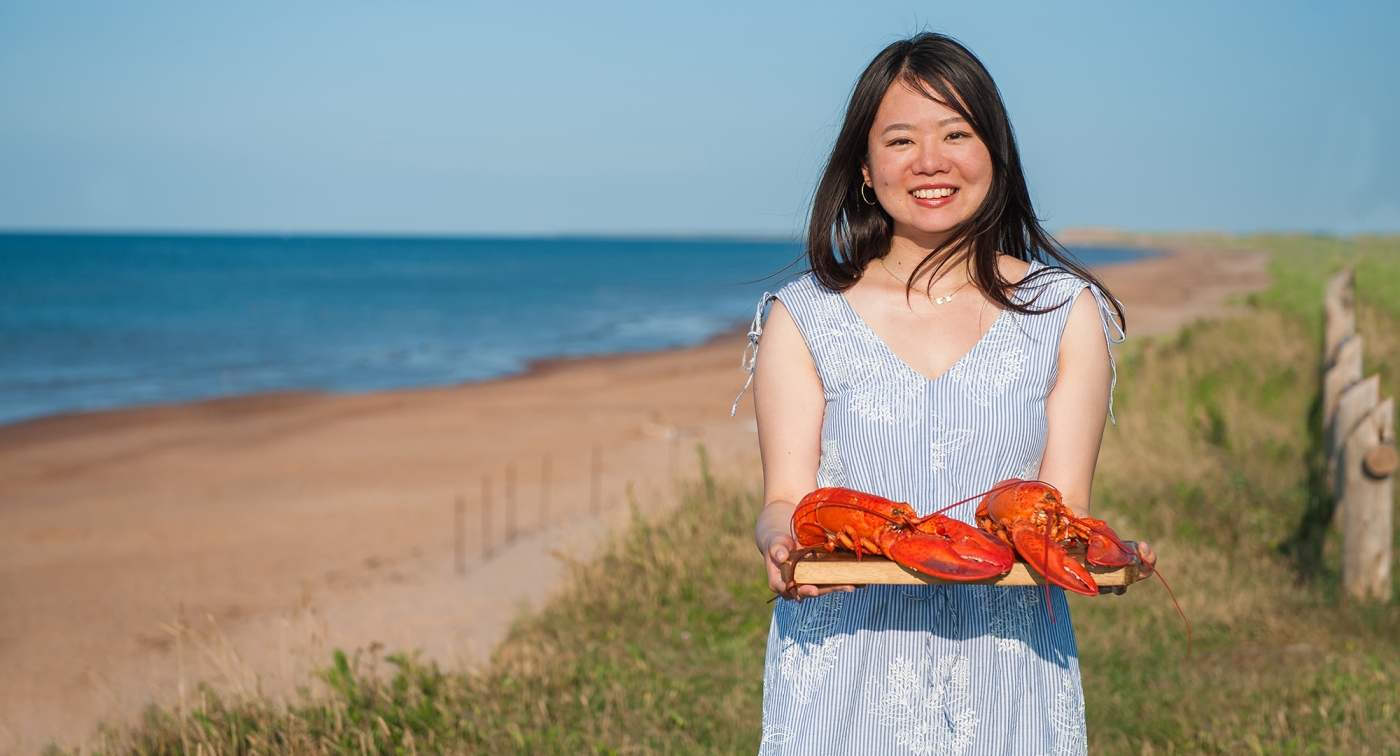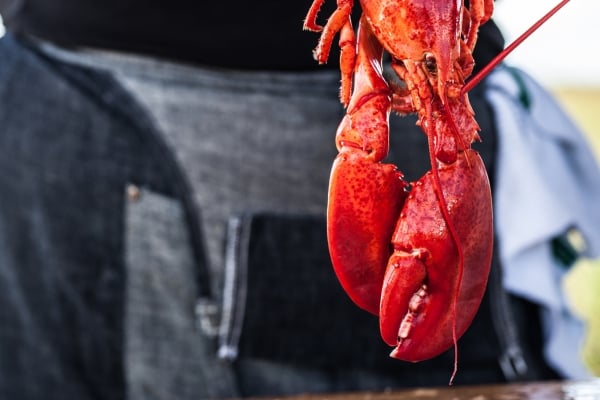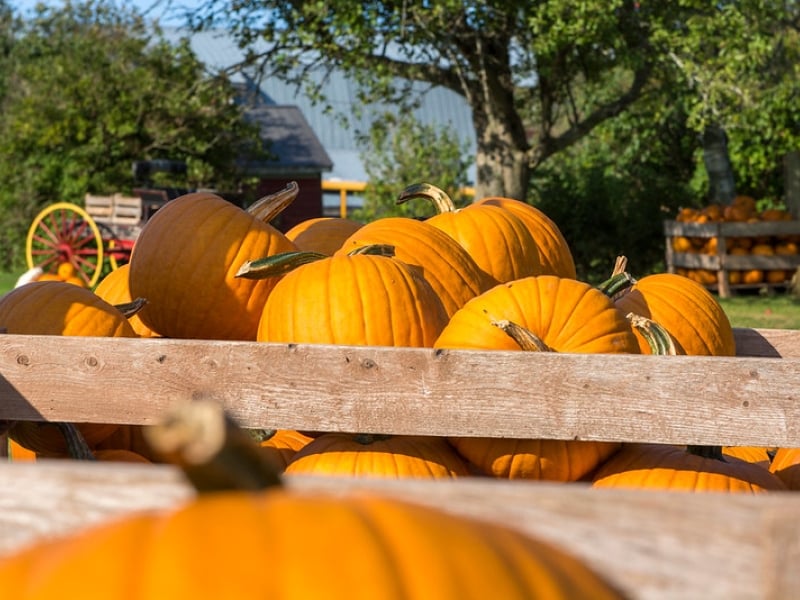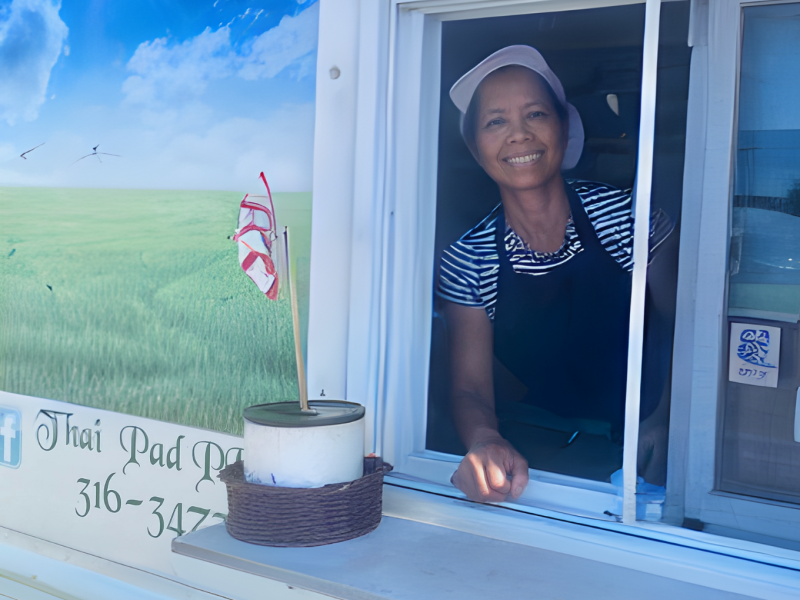Lobster Preparation
Published July 30, 2021 | Tourism PEI
Categories:
Culinary
PEI is famous for its lobster with bright red shells and juicy tender meat. Once so common that they were used as fertilizer, lobster has now become a gourmet delicacy. Lobsters have ten legs, beady eyes, long antennae and a crust-like shell. The bright red colour characteristic of the lobster is only achieved by cooking. When alive, lobster are usually greenish-blue and speckled with dark spots. The meat, when cooked, is a delicate white tinged with red.
How to Buy
Lobster may be purchased live in the shell or freshly cooked in the shell. When purchased live, lobster should show some movement and the tail should spring back when straightened. When handling live lobster, be careful of the claws as they can pinch. To protect the handler and to prevent the lobsters from harming each other in captivity, claws are usually immobilized with the use of an elastic band. A lobster that shows no movement when handled and whose tail is hanging straight down is dead and should be discarded.
When buying cooked lobster, check that they are a bright "red-orange" colour, have a fresh aroma and that the tail section will spring back into a curled position after being straightened.
Size
Lobster is sold according to the size, either as a canner with a weight of 1/2 to 3/4 pounds (250-375 g) or a market with a weight over 3/4 pound (375 g). Lobster is also sold as cold pack (meat, frozen in cans), hot pack (meat, heat processed in cans), cocktail, chowder, paste and whole (frozen in the shell).
How to Store
Live lobster should never be placed in fresh water or on ice. Under ideal cool, damp storage conditions, lobster can live out of water for up to 36 hours. They can be stored in your refrigerator for several hours by placing them in a large container covered with damp newspaper or seaweed.
Cooked lobster in the shell can be stored in the refrigerator for up to 2 days if placed in a tightly covered container. Shucked lobster meat can be refrigerated for 2-3 days.
Live lobster should never be frozen but cooked lobster freezes well. For best results, the cooked meat should be removed from the shell and placed in plastic containers, glass bottles or freezer bags. Prepare a brine solution of 1/4 cup (50 ml) salt to each quart (1L) of fresh water. Pour over the lobster to cover with a 1/2" (1.2 cm) headspace remaining. Whole cooked lobster can be frozen in individual heavy plastic bags. Place the lobster in the bag, being careful that the sharp shell does not puncture the bag, cover with a brine solution, seal tightly and freeze immediately. Whole cooked lobster may also be frozen in plastic pails with tightly fitting covers. Pack the lobster in the pail, cover with a brine solution, leaving a 1" (2.5 cm) headspace, cover tightly and freeze. To thaw lobster, place it in the refrigerator and allow 15-18 hours defrosting time per pound (500 g). To speed up defrosting time, place the package under cold running water for 1/2 to 1 hour per pound (500 g).
How to Prepare
Lobster should be cooked either in clean seawater or salted fresh water (add 2 tbsp./25 ml of salt to each quart/L of fresh water).
- Fill a large pot with enough water to cover the lobster and bring it to a boil.
- Grasp the lobster firmly by the back just behind the claws and plunge it head first into the boiling water. Cover, return the water to a boil and then lower the heat to a bubbly simmer.
- Lobster will cook in 12-20 minutes depending on the size. Canners will cook in 12-15 minutes, while large lobsters will require up to 20 minutes of cooking time. Timing should start only after the water has returned to a boil.
- Once cooked, the lobster should be drained immediately. Serve hot or chill quickly by dipping into cold water. It is important to cool the lobster quickly so that they do not remain in the temperature range in which bacteria multiply rapidly.
- If you wish to use the lobster in a prepared dish, remove the meat from the shell.
Lobster has an average meat yield of 20-25%. This means that a 1 pound (500 g) lobster will contain 3-4 oz. (100-125 g) of meat. It will take approximately 5.5 oz. (160 g) of meat to make 1 cup (250 ml). If using canned lobster for your recipes, remember that an 11.3 oz (320 g) can will yield about 2 cups (500 ml).
How to Serve
There are two methods for serving lobster in the shell. The shell can be broken apart using lobster crackers and the meat then picked out. Alternatively, cut the claws open with a large heavy knife and cut the lobster in half - down the centre.
All of the lobster is edible except for the shell, the small stomach (hard sac) behind the head and the dark vein that runs down the back of the tail. The green material in the body is the liver or tomalley. This is excellent eating, as is the red material, or roe, which is found in the body of a female lobster.




